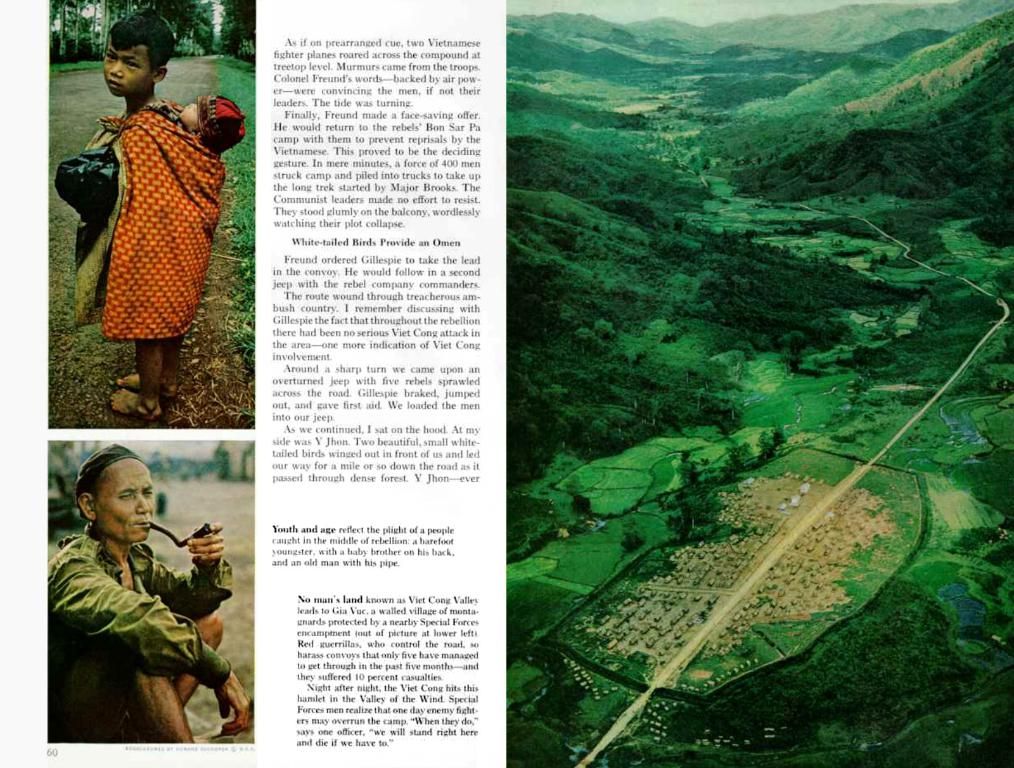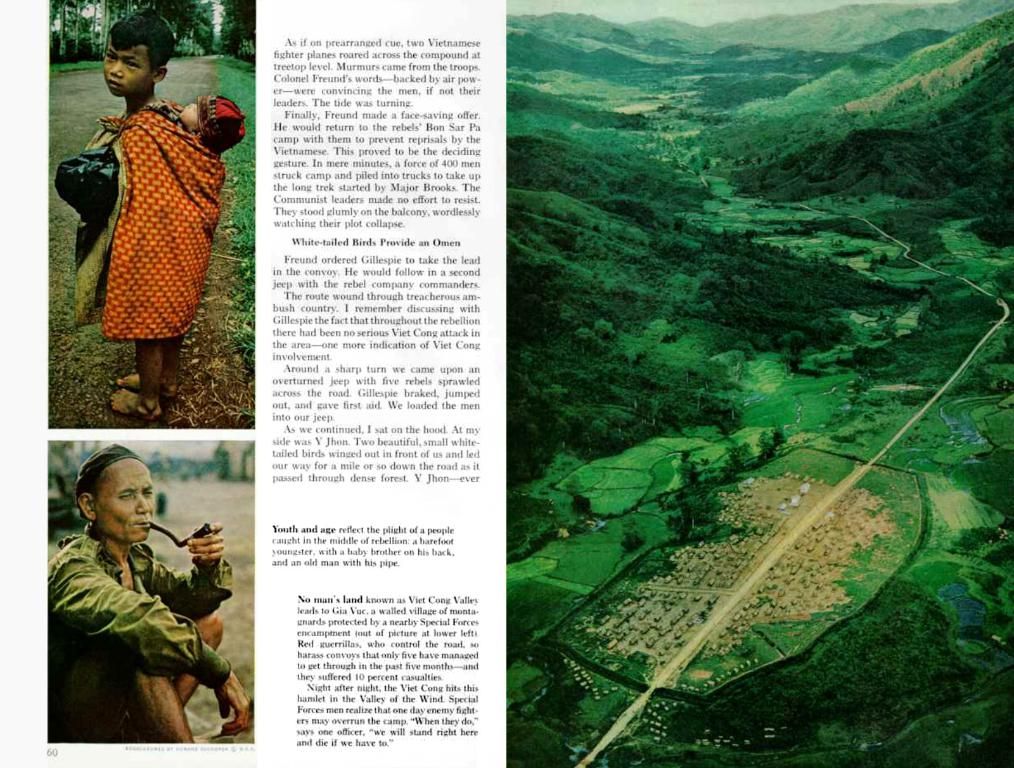Operatic Vision and Shadows Cast by Richard Wagner's Total Work: An Analysis
Richard Wagner, born in 1813, was a composer whose works pushed the boundaries of opera and music. As a proponent of the Gesamtkunstwerk, Wagner sought to create a total work of art that would encompass all aspects of performance, including music, poetry, drama, and visual spectacle.
Born in Leipzig, Wagner's early years were marked by instability and questionable paternity. Raised amidst theatre, he absorbed its rhythms and absorbed the belief in the sacred potential of the stage. At nine, he witnessed an opera that would leave an indelible mark on him, inspiring him to pursue a career in music.
His early compositions showcased a desire to bend conventionality for dramatic effect, foreshadowing his later use of leitmotifs. After much struggle, Wagner achieved success with Rienzi in 1842, marking his return to Germany and the beginning of his official recognition as a serious composer.
The mid-19th century saw the rise of Richard Wagner's revolutionary operatic model. This new paradigm rejected traditional opera's rigid conventions, focusing on a continuous musical fabric and the orchestra's role as the dramatic engine. Through intricate counterpoint and timbral innovation, the orchestra became a tool for expressing truths that characters themselves could not articulate.
Central to this transformation was Wagner's reimagining of the leitmotif, recurring musical themes associated with characters, objects, emotions, or ideas that would undergo mutations to reflect the characters' inner lives. This approach allowed for a greater degree of psychological realism and cohesion in the drama.
With Der Fliegende Holländer, Wagner took his first significant steps towards this new operatic language. Tannhäuser and Lohengrin, penned in the following years, featured increasingly rich intersections of myth, morality, and desire. These works retained aspects of conventional opera but were already straining against those boundaries, building towards his groundbreaking compositions of the later years.
Wagner's career culminated in the monumental four-opera cycle Der Ring des Nibelungen. In a world immersed in musical metamorphosis, each of the works explored themes of power, betrayal, love, and cosmic destruction. The immense range of emotion and complex symbolism captured in the Ring Cycle ensured its enduring impact on Western music.
Wagner's final opera, Parsifal, presents a unique blend of Christian mysticism and Schopenhauerian pessimism. With enigmatic characters, slow pacing, and cutting-edge harmonic and orchestral techniques, Parsifal stands as a testament to Wagner's incredible artistry and enduring influence.
Despite the profound impact of his music, Wagner's personal ideology cannot be ignored. He harbored anti-Semitic views that found their way into his writings and indirectly influenced some aspects of his operas. His work has faced scrutiny and criticism, with some arguing that his ideology influenced subsequent German cultural and historical developments, including the Holocaust.
Nevertheless, Wagner's impact on Western music and opera has been undeniable. His compositions are as influential as they are controversial, leaving a legacy pockmarked by questions about art and morality. To this day, Wagner's music continues to inspire and enrage, challenging performers, audiences, and scholars to engage with it in all its complexity.
Influenced by the sacred potential of the stage, Wagner's works expanded beyond music, incorporating elements from literature, culture, history, and even implicitly using photography to stage his operas. His revolutionary operatic model also reflected the advancements in science, exemplified by the intricate counterpoint and timbral innovation in the orchestra. Furthermore, the economic success of his operas played a significant role in shaping Wagner's finance and career trajectory.


![Construction is underway on multiple rail routes. [Photograph included]](/en/img/20250616115411_image-description-headline-site-pexels-com.jpeg)

